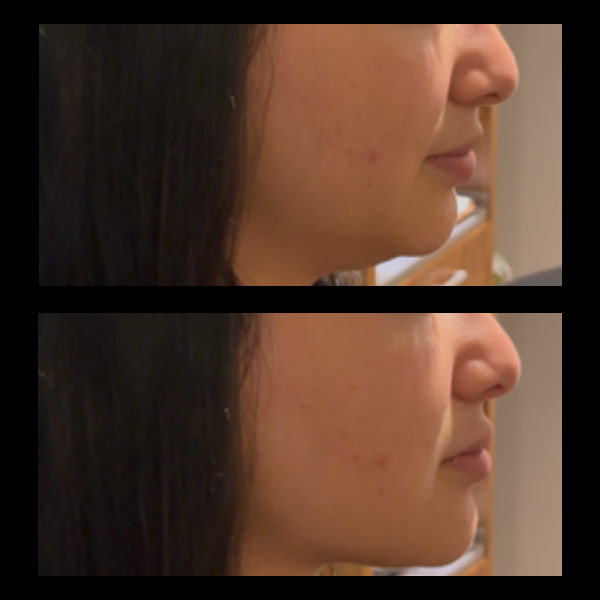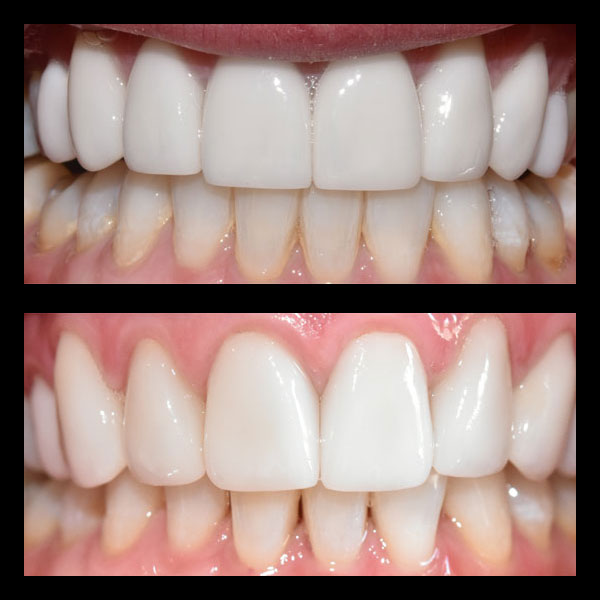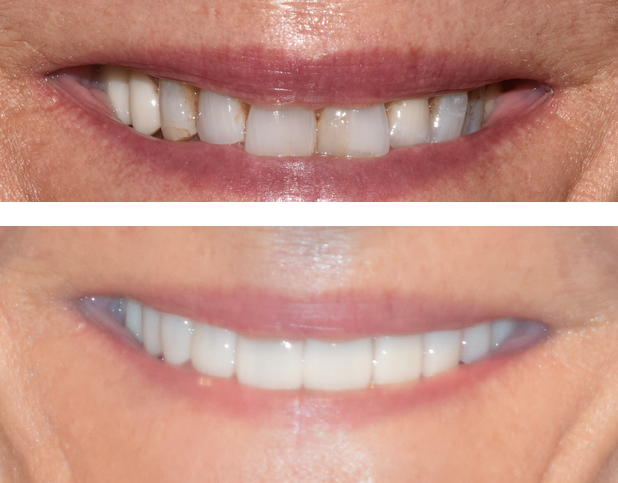Okay, let’s talk jaw pain. That nagging ache, the clicking sound that makes you wince during lunch meetings, the headaches that seem to come out of nowhere… sound familiar? If you’ve nodded along to any of that, you might be dealing with a Temporomandibular Joint (TMJ) disorder. And trust me, as someone who’s been writing about health and wellness for over a decade, I’ve heard countless stories. It’s more common than you think, especially now in mid-April 2025, when life seems determined to throw curveballs (and stress!) our way, leading many of us to clench our jaws without even realizing it.
For years, finding real, lasting relief felt like chasing a unicorn. Maybe you’ve tried night guards, pain relievers, or exercises with limited success. It gets frustrating, right? But what if I told you there’s an approach that looks beyond just the joint itself, diving deeper into the intricate network of muscles, nerves, and bite alignment? That’s where neuromuscular dentistry comes in, and honestly, it’s changing the game for TMJ sufferers.
Understanding TMJ Disorders and Jaw Pain
So, what exactly *is* a TMJ disorder? Simply put, it’s a problem affecting the temporomandibular joints – those hinges connecting your jawbone to your skull – and the muscles that control jaw movement. Think of them as the unsung heroes doing all the heavy lifting when you talk, chew, yawn, you name it. When something’s out of whack here, the whole system can go haywire.
The symptoms aren’t always straightforward, which is part of the challenge. You might experience:
- Pain or tenderness in your jaw, face, neck, or shoulders
- Clicking, popping, or grating sounds when you open or close your mouth
- Difficulty chewing or sudden discomfort while chewing
- Locking of the jaw, making it hard to open or close your mouth
- Headaches, often mimicking migraines
- Earaches or ringing in the ears (tinnitus)
- Facial swelling
- Toothaches or sensitivity not related to decay
The impact of TMJ disorders isn’t just physical pain, though that’s bad enough. It seeps into your daily life. Imagine dreading your favorite crunchy foods, struggling through conversations because talking hurts, or losing sleep because you can’t find a comfortable position for your jaw. It chips away at your quality of life, turning simple actions into sources of anxiety and discomfort. I’ve seen people become incredibly withdrawn because of chronic jaw pain – it’s no small thing.
This is where the conversation shifts towards a more comprehensive solution. Neuromuscular dentistry isn’t just about treating the *symptoms*; it’s about understanding the *cause*. It’s an innovative approach that sees the jaw not in isolation, but as part of a complex biological system. And thanks to advancements in technology, we can now get an unprecedented look at what’s really going on. Techniques like precise digital scanning and detailed 3D imaging allow skilled dentists to map out the interplay between your muscles, nerves, and joints, identifying the subtle (or not-so-subtle) imbalances that lead to pain. It’s about finding the root cause, not just sticking a bandage on the problem.
The Role of Neuromuscular Dentistry in Effective TMJ Treatment
Alright, let’s dig into neuromuscular dentistry itself. What makes it different? Traditional approaches often focus heavily on the TMJ joint structure or just the teeth alignment. While important, this can sometimes miss the bigger picture. Neuromuscular dentistry, on the other hand, emphasizes finding the optimal, most relaxed position for your jaw muscles. The core idea is that when your muscles are relaxed and happy, your jaw joint sits comfortably, and your bite functions harmoniously. It’s about achieving *physiologic rest* for the entire system.
So, how do dentists practicing this actually figure out what’s wrong? It’s a fascinating process, really. It’s not just about a quick look and feel. Neuromuscular dentists use specialized tools to:
- Track Jaw Movement: Sophisticated tracking technology can precisely map how your jaw moves in three dimensions, identifying any deviations or limitations.
- Monitor Muscle Activity: Electromyography (EMG) might be used to measure the electrical activity in your jaw muscles, pinpointing tension and imbalances – even when you think you’re relaxed. It’s like seeing hidden stress patterns.
- Analyze Jaw Sounds: Listening carefully to joint sounds (sonography) can help diagnose specific internal joint issues.
- Find the Optimal Bite: Techniques like transcutaneous electrical neural stimulation (TENS) can be used to gently relax the chewing muscles, helping the dentist identify your jaw’s ideal resting position, free from habitual tension.
Based on this detailed diagnostic information, a picture emerges – not just of *what* hurts, but *why*. This holistic approach offers significant benefits. Instead of temporary fixes, the goal is long-term stability and comfort. By addressing the underlying muscular and alignment issues, neuromuscular dentistry aims to restore balance, reduce strain, and alleviate pain at its source. It also considers the aesthetic aspect – achieving a comfortable bite often contributes to a more balanced facial appearance too.
Imagine the journey: You walk in with chronic jaw pain and frustrating symptoms. Instead of just getting a standard mouthguard, you undergo a thorough evaluation using advanced diagnostics. The dentist explains *exactly* where the imbalances lie – maybe your muscles are overworking on one side, or your bite forces them into a stressed position. Then, a personalized treatment plan is crafted. This might involve creating a custom orthotic (a specialized appliance worn on the teeth) to guide your jaw into its optimal neuromuscular position, allowing muscles to relax and heal. It could also involve bite adjustments or coordinating with other therapies. The key is that it’s tailored *specifically* to your unique physiology.
How Incredible Smiles Delivers Holistic TMJ Solutions
Now, knowing all this is great, but finding the right professionals to implement this sophisticated approach is crucial. Here in Boulder, Colorado, I’ve been genuinely impressed by the work being done at Incredible Smiles. With over 30 years under their belt, they aren’t just about routine fillings or the occasional crown; they’ve built a reputation for tackling complex dental issues, including TMJ disorders, with a blend of deep experience and forward-thinking techniques.
What stands out is their commitment to that very holistic, neuromuscular philosophy we’ve been discussing. They understand that your jaw doesn’t operate in a vacuum. Their team, including highly skilled dentists like Dr. Priya Uppal and Dr. Lori Kemmet, integrates these principles deeply into their TMJ care.
They leverage cutting-edge technology not just because it’s fancy, but because it enables *better*, more precise diagnosis and treatment. We’re talking about things like:
- 3D Cone Beam Imaging (CBCT): This gives them an incredibly detailed, three-dimensional view of your jaw joints, teeth, and surrounding structures. It’s leagues beyond a standard flat X-ray, allowing them to spot subtle anatomical issues or joint degeneration that might otherwise be missed. Seeing the full picture is vital for accurate TMJ diagnosis.
- Digital Scanning: Forget those goopy impression trays of the past! Digital scanners create highly accurate 3D models of your teeth and bite quickly and comfortably. This precision is essential for designing custom orthotics or planning bite adjustments that align perfectly with your neuromuscular needs.
- Advanced Physiologic (Neuromuscular) Techniques: They utilize methods aimed at finding that ideal, relaxed muscle position, as described earlier, forming the foundation of their TMJ treatment plans.
At Incredible Smiles, it’s not just about technology; it’s technology guided by expertise and a patient-first philosophy. Their services directly address the complexities of TMJ: they offer specific TMJ Treatment protocols based on neuromuscular principles, Bite Optimization to ensure your teeth meet correctly without straining muscles or joints, and an overarching holistic approach that considers your overall well-being. They even offer services like Botox, which can sometimes be used therapeutically to help relax chronically tense jaw muscles as part of a comprehensive plan.
And let’s be honest, dealing with jaw pain can be stressful. Knowing you’re stepping into a warm, almost spa-like environment makes a huge difference. Incredible Smiles has cultivated a space that prioritizes comfort and relaxation, understanding that reducing patient anxiety is part of the healing process itself. It reflects their focus on total patient wellness, not just treating teeth or joints in isolation.
Key Takeaways for Achieving Lasting Jaw Pain Relief
So, what’s the bottom line here? If you’re struggling with jaw pain, popping, clicking, headaches, or any of those other lovely TMJ symptoms, don’t resign yourself to just “living with it.” There are advanced, effective options available.
Remember these key points:
- TMJ disorders stem from complex issues involving joints, muscles, nerves, and bite alignment.
- Neuromuscular dentistry offers a comprehensive approach by focusing on finding the ideal, relaxed position for your jaw muscles, addressing the root cause of pain and dysfunction.
- Advanced diagnostic tools like 3D imaging and digital scanning are crucial for accurately identifying the underlying problems.
- A holistic approach, considering the entire system and overall patient wellness, leads to more effective and lasting relief.
Integrating neuromuscular principles with cutting-edge technology, as practiced at places like Incredible Smiles, truly represents a significant step forward in treating TMJ disorders. It moves beyond temporary fixes towards restoring long-term comfort, function, and harmony to your jaw system.
If you’re in the Boulder, Colorado area and this resonates with you, maybe it’s time to stop searching aimlessly online and get some real answers. Consider scheduling a consultation to discuss your specific symptoms and explore personalized treatment options. The team at Incredible Smiles is equipped to perform the detailed neuromuscular evaluation needed to understand your unique situation.
Taking that first step is often the hardest part, but getting clarity and a potential path to relief is invaluable. They’ve made it easy to connect, especially for those of us practically glued to our phones – you can often find scheduling options right on their mobile-friendly website. Don’t let jaw pain dictate your life any longer. Explore how a neuromuscular approach could finally bring you the comfort you deserve.
Have you tried neuromuscular dentistry for TMJ? Or are you just starting your journey to find relief? Share your thoughts or questions in the comments below – let’s learn from each other!
Frequently Asked Questions
What is TMJ disorder?
TMJ disorder is a problem affecting the temporomandibular joints, which are the hinges connecting your jawbone to your skull, and the muscles that control jaw movement. It can cause symptoms like jaw pain, clicking sounds, headaches, and difficulty chewing.
How can neuromuscular dentistry help those with TMJ disorder?
Neuromuscular dentistry helps by understanding and addressing the root causes of TMJ disorder. It looks beyond just the joint itself to the muscles, nerves, and bite alignment, aiming to find the most relaxed position for the jaw muscles, thus reducing pain and improving function.
What makes neuromuscular dentistry different from traditional dental approaches for TMJ?
Unlike traditional approaches that focus mainly on the TMJ joint structure or teeth alignment, neuromuscular dentistry emphasizes achieving a physiologic rest position for the jaw muscles, addressing both the symptoms and underlying causes of TMJ disorder for long-term relief.
What diagnostic tools are used in neuromuscular dentistry?
Tools used in neuromuscular dentistry include sophisticated jaw tracking, electromyography (EMG) to measure muscle activity, sonography to listen to joint sounds, and transcutaneous electrical neural stimulation (TENS) to find the jaw’s ideal resting position.
How can advanced technology improve TMJ treatment outcomes?
Advanced technology, such as 3D imaging and digital scanning, improves TMJ treatment by providing detailed views of the jaw and surrounding structures, allowing precise identification of issues and enabling the creation of custom treatment plans that address the root causes of discomfort.








